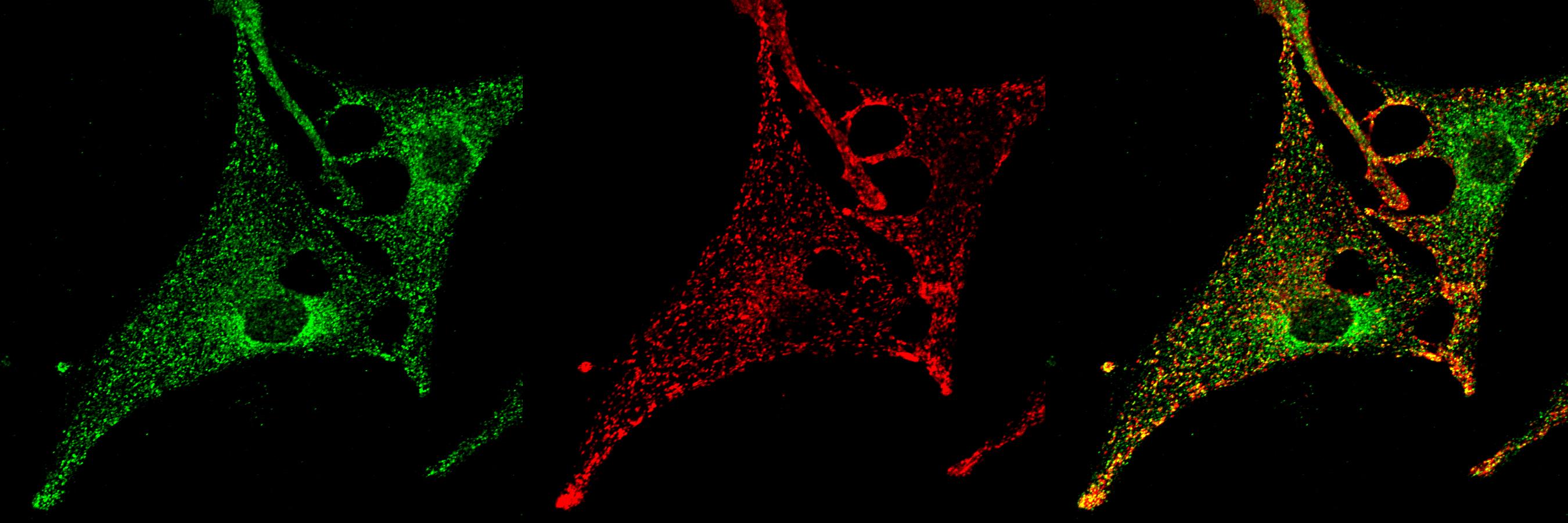Last updated date
3:12pm
Melanoma changes as it invades through the skin and metastasizes to more distant sites. It has become clear that melanoma adapts to these changing environments, though genetic mutation is not the mechanism for adaptation. Changes in tumor metabolism are associated with invasion and metastasis but the mechanisms are poorly understood. Melanoma invasion and metastasis are associated with increases in melanin production. Melanin is the pigment made by melanocytes and can impact reactive oxygen species and other metabolic pathways. Increased melanin is associated with tumor progression and therapeutic response. However, the manner in which melanin production changes in melanoma is unclear. We recently discovered a new mechanism that controls the pH of the melanosome, the organelle that controls melanin synthesis. We have also learned that melanosome pH changes in response to cellular pH and metabolism and provides a link between the microenvironment and melanoma progression. To investigate the interplay between the microenvironment, melanosome pH, and melanoma, we have developed numerous cell and mouse models and human melanoma organoid cultures. We have also developed a novel LC/MS method that allows us to trace tyrosine metabolism along with glucose and other metabolic pathways. By utilizing these tools, we seek to establish the mechanisms by which melanoma responds to changes in the microenvironment during invasion and metastasis.

